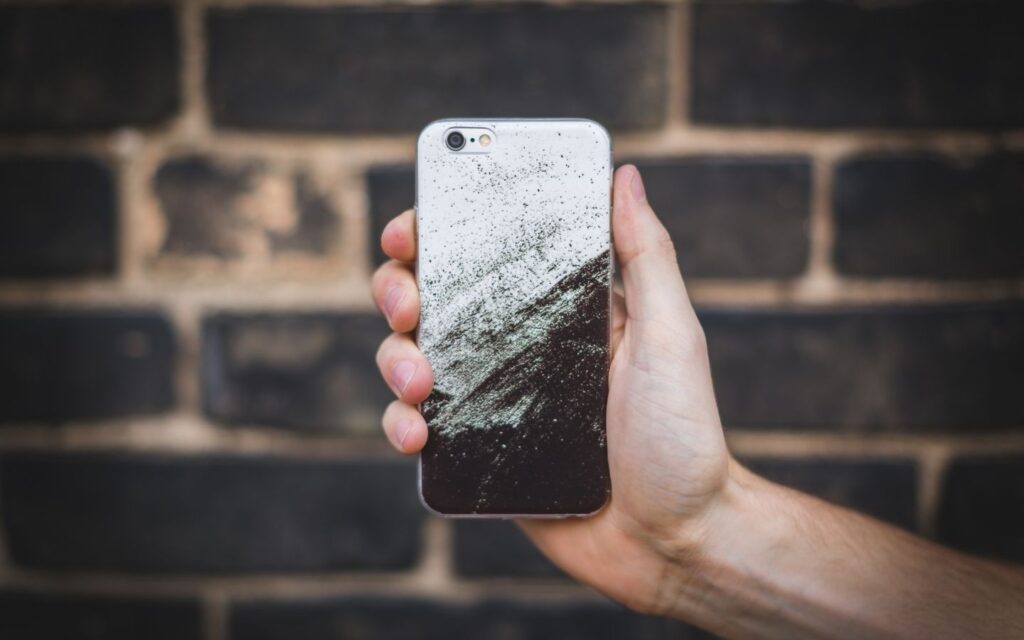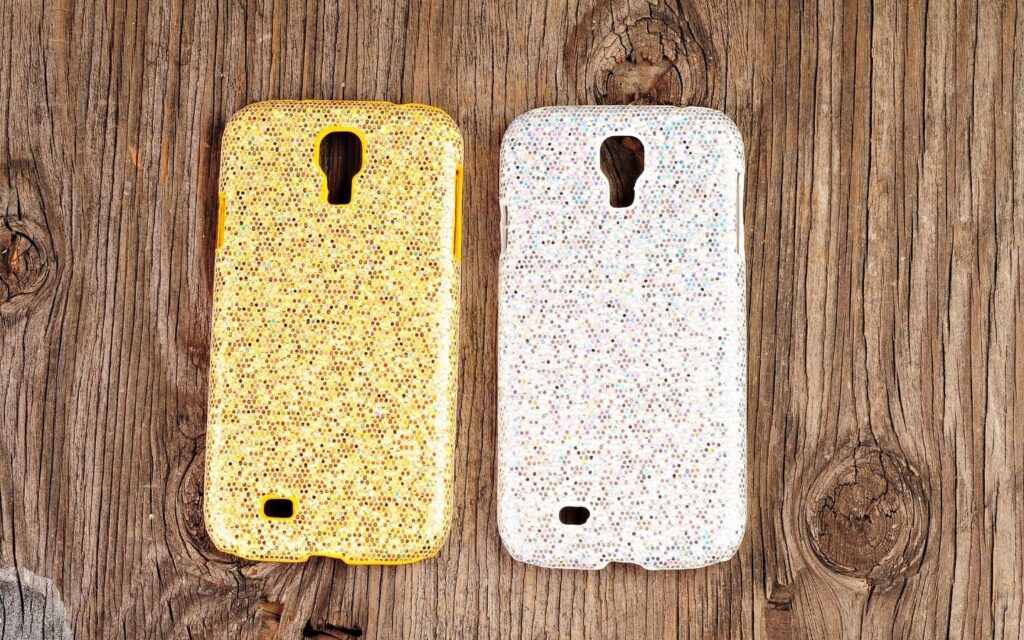The demand for mobile phones keeps on increasing, that’s why phone cases are a must-have. If you’re still thinking about what to sell online, selling custom phone cases might be a good idea – it has great potential to be lucrative.
To help you get started, here are the printing methods for phone cases that you have to be aware of.
Screen Printing
Screen printing is also called silk screening or serigraphy. It is a printing method that started as early as 1000 years ago. It is a traditional method that allows you to print on a variety of materials such as fabrics and wood.
In this method, a mesh or screen is placed over a frame tightly. The screen is used to apply different layers of ink onto a surface.
If you are not into time-consuming methods, then screen printing is not for you. It is not ideal for quick delivery production.
However, the advantage of this method is it produces vibrant colors even on backgrounds that are dark.
Screen printing can be used on most styles of phone cases, but the most popular ones are the TPU/gel rubber cases.
Pros:
- Vibrant colors
- Ideal for large volumes
- Potential for high-volume discounts
- A number of possibilities for design placement
- High-quality printing
Cons:
- Limited colors
- Limited amount of detail
- Can’t print photos
- Not ideal for small quantities
- Slow production time
- Design can scratch off over time
Digital UV Printing

This method uses ultraviolet light to cure and dry the ink as it’s printed onto the surface. While the ink is being applied, the UV light follows close behind – curing the ink instantly.
Because the wet ink is cured instantly, it doesn’t get the chance to spread resulting in finer details. Fast-drying speed means fast production time as well.
Digital UV printing also provides great durability. The designs are resistant to sun exposure and wear & tear. However, the design might scratch off because the ink is not infused with the surface permanently.
You can do digital UV printing on a wide range of materials such as metal, wood, and plastic.
Pros:
- Faster production because of fast curing speed
- Can print on almost any material
- High-quality prints and complex patterns
- Eco-friendly
Cons:
- Can fade over time
- Hard to print right up to the edges of phone cases
- Can only print onto premade cases
- Design can scratch off
Heat Transfer Printing
This printing process uses a plastisol-based ink that is printed onto a special release paper. The thermoplastic ink allows you to obtain the high temperature that is needed to make the molecules adhere to the surface.
The design is placed onto the phone case and will be subjected to high pressure and temperature for a short period of time. Once the phone case is cooled, the release paper will be removed and the design will be transferred onto the phone case.
This process will allow you to print complex images, with intricate designs and a wide range of colors that are durable, won’t bleed, peel, or fade.
However, heat transfer printing is not ideal for large quantities of printing because it is time-consuming.
Pros:
- Print complex designs and images
- Cost-effective when it comes to small orders
- Can print photographic images
- Durable designs
Cons:
- Slow productions speed
- Not ideal for large orders
- Expensive to set up
Sublimation Printing

This process is considered one of the most advanced methods currently. It is a chemical process where the design goes from solid to gas, and the liquid stage is skipped.
A special transfer paper is used where the design is printed, then transferred onto the phone case using heat.
Sublimation printing leaves highly durable designs. The prints won’t become damaged, won’t wear, crack or flake because the ink impregnates the phone case.
Pros:
- Produces vivid colors
- Durable designs
- Print complex designs and photographic images
- Can print on hard and gel/TPU cases
- Smoother and brighter color transitions
- Great for small quantities
Cons:
- Less efficient when it comes to ink usage
- Expensive process
Hydrographic/Water Transfer Printing
This process is a 3D decorating process also known as hydro imaging, hydro dripping, and fluid imaging. You can print complex patterns such as wood grain, carbon fiber, and camouflage.
Before the printing process begins, the phone case will be pre-treated with primer and base coating. It is applicable for a variety of phone cases such as wood, plastic, metal, and fiberglass.
Pros:
- Can cover rounded and curved surfaces
- Great for complex patterns
- Weather-resistant
- Resistant to damage from exposure to UV lighting
- Can produce a glossy or matte finish
- Cost-effective
Cons:
- Gloss finishes might chip and scratch easily
- Not as durable as sublimation cases
- Can’t be used on gel/TPU cases


